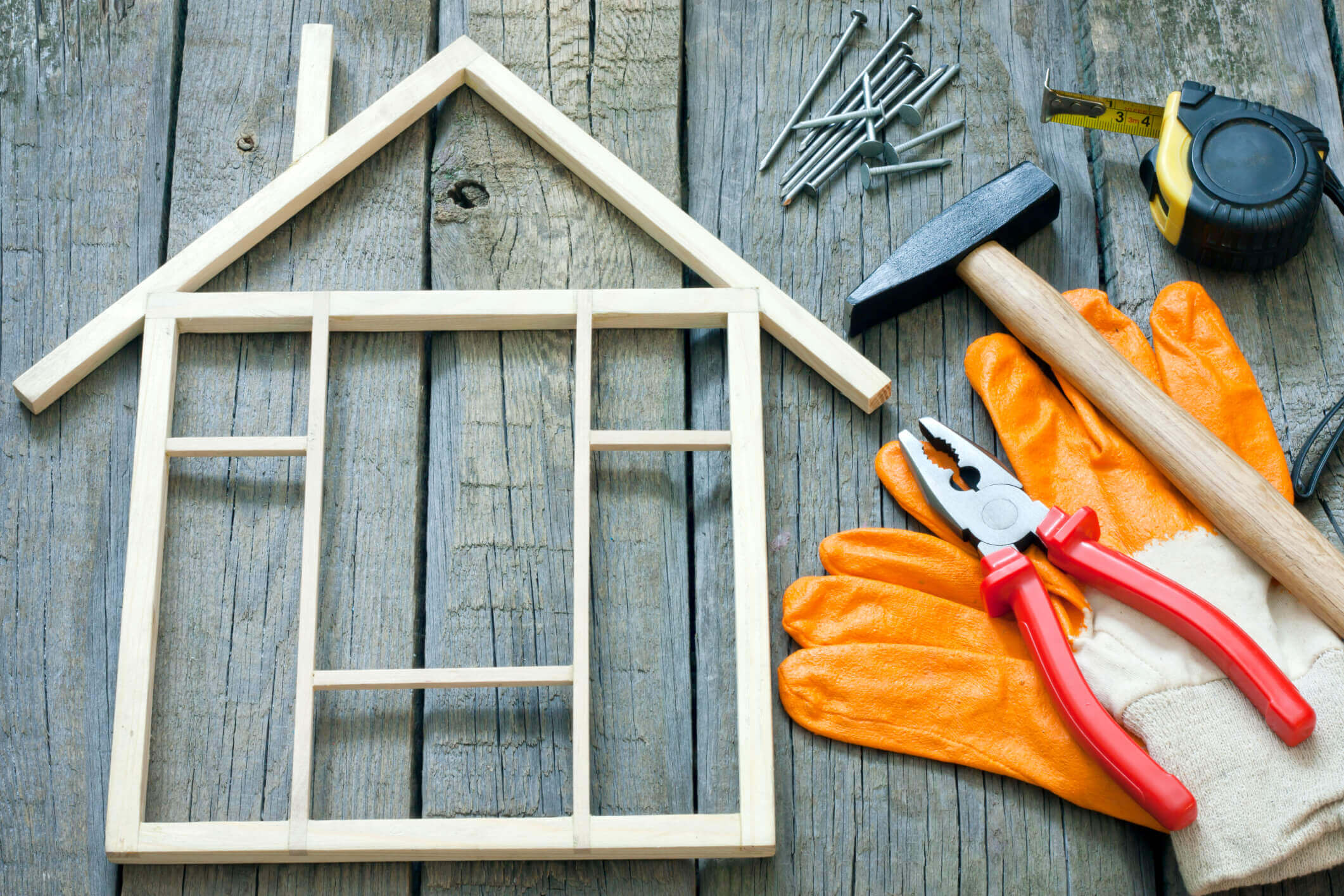
Planning a home renovation?
How your space functions and feels matters now more than ever, especially if your new norm is an everything-at-home lifestyle; work, play and living. And, by this point in the pandemic, if your space isn’t optimal, you’ve probably exhausted all the furniture- and room-rearranging options available to you. So naturally, if you own, home improvements aimed at increasing the livability and workability of your space are probably on your mind.
Whether it’s a long-planned or pandemic-induced renovation, here’s how to do the math on it.
Begin with the final market value in mind
Before you start breaking up the concrete in your basement in an effort to level out the floor, you’ll want to compare listings and sale prices of properties that are, and are not, upgraded (for condos and townhouses, too). Some of this information can be found online, and your realtor, if you have one, can fill in the blanks of what else is happening in your neighbourhood in terms of prices. No one has a crystal ball for the real-estate market, especially during COVID-19 times, but by gathering up as much pricing data as you can, you’ll better determine guardrails for your renovation budget.
The high-level math on renovations is this; you need to get out the money that you invested in the reno when you sell, and then some, otherwise it’s not worth your while. Also, you need to be able to afford to pay for the improvements.
For example, if you invest $100,000 in an upgraded kitchen, bathroom and basement, but comparable listings show that you’re only going to fetch $80,000 more for your property (from current value), you’re effectively losing $20,000 plus the value of your efforts. On the flip side, if you’re likely to fetch $150,000 more for your property, your costs are covered, and your efforts are rewarded. How much you need to reward your efforts is personal. One option is to put an hourly rate on your time, estimate how much time you’ll spend on the renovation, multiply the two, and that’s the baseline of what your efforts are worth.
Affordability is another consideration. The low-interest environment we are currently in is making home-equity lines of credit (HELOCs) the primary tool of choice for homeowners who want to renovate, but don’t have the full costs saved up. The budget best-practice is that housing costs (mortgage, utilities and servicing the interest payment on your HELOC, when it’s used for a home renovation) should be 35 per cent or less of your take-home income.
Get extremely specific about all of your renovation costs
Use a Google spreadsheet to document literally every cost associated with your potential renovation. Costs can be broken out either by the stage of the project or by room; in either case, itemize everything from paint to labour to electrical work to the installation of your central air conditioning. Total it all up, cross-reference it with quotes from contractors (if you’re using one) or wherever you’re getting your supplies from, and add a column for actual costs versus the expected ones and a status update. This way you can use this same sheet as your checklist for the completion of various activities, too.
Don’t forget to include “hidden” fees, like if you need to rent an Airbnb for a week while the plumbing is being fixed up — or the interest that you are going to pay on your HELOC if you use it to fund the renovation.
How do your total costs measure up relative to the market value for a comparable listing? Are you going to be able to get your money out, and then some? It’s at this point that I always recommend getting a formal opinion from a real estate professional on whether they think the investment is worth it.
Trim, focus, and possibly spread it out
If the total costs look terrifying to you, and like you possibly can’t afford it, scale back. Smaller home improvements like painting, changing light fixtures or installing high-end countertops are much less expensive than tearing out walls, but they generally have a high rate of return. Spreading out the improvements (small or large) is another way to ease the financial burden of doing everything at once. Perhaps this year you’ll fix up the basement and next year you’ll tackle the kitchen. And, as always, the foundations of any home (furnace, roof, up-to-code electrical and eavestroughs), are well worth the cost to upkeep. Do what you can to pace yourself with these large foundational investments.
My very best advice is to avoid overinvesting in your home renovation. Every home has a price, and it’s not set by you. You can influence it to a certain extent by modernizing the design and finishings, keeping the maintenance up, and adding greater functionality, but there’s a limit to what your property will ultimately sell for when the time comes. So use market data, consider your overall affordability and create a rock-solid renovation budget, to guide your spending.
Source:
Lesley-Anne Scorgie is a Toronto-based personal finance columnist and a freelance contributing columnist for the Star. Follow her on Twitter: @lesleyscorgie
Photo credit to Adam Korzeniewski

